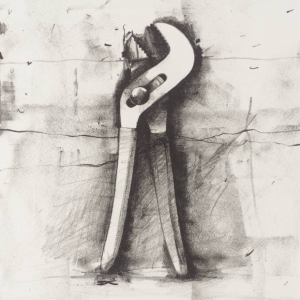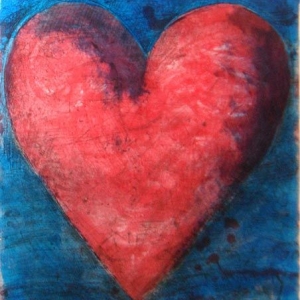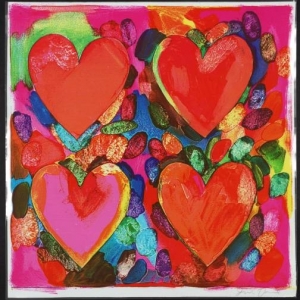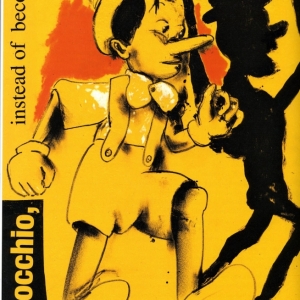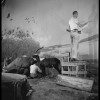London’s British Museum will soon be gifted a large body of works from famed American pop artist Jim Dine. Dine’s career boasts an impressive portfolio of more than 3000 pieces, spanning crucial inceptive movements such as Allan Kaprow’s performance-based Happenings, as well as prototypal forms of pop art. It is no surprise then that the body of works numbers in the hundreds.
Alan Cristea Gallery in London will oversee the donation as the gallery retains rights to the exclusive international distribution of Dine’s works. Alan Cristea currently sells Dine’s editioned pieces with prices ranging from £1750 – £ 25,000. As further testament to the acquisition, works by Dine such as Jane and Two Hearts (Reverdy) have recently sold through Christie’s for upwards of £188,000. The donation will greatly benefit the Museum’s collection and the greater art community.
The British Museum already contains a number of Dine’s illustrations in its permanent collection, including the better known 1967 photo-etching Drag – Johnson and Mao. The 1981 A Heart on the Rue de Grenelle will also be added to the collection.
Whilst Dine first came to prominence in the early 1960s due largely to his affiliations with pop art, it was his transition to figuration and life-drawing that separated him from the likes of Warhol and Lichtenstein. Made distinct through the inclusion of personable attributes, Dine incorporated everyday objects into his work that were not bound by pop’s Americanised, consumer-driven aesthetic.
Whilst Dine was influenced by American culture, he was no stranger to England and took residence in London toward the latter half of the 1960s. It was during this time and the early 70s that Dine produced his most successful works, generally depicting everyday items such as robes and tools.
The acquisition is expected to be incorporated into the British Museum’s collections by early 2014.

